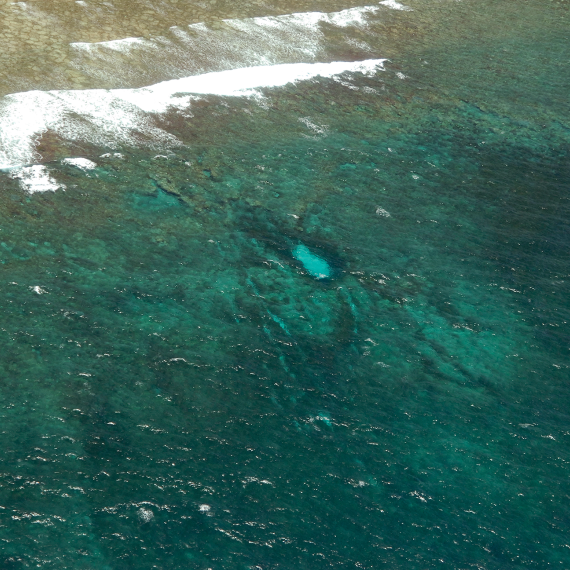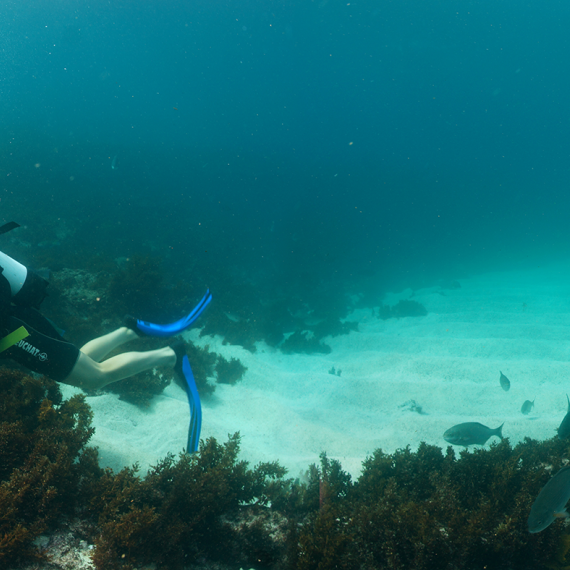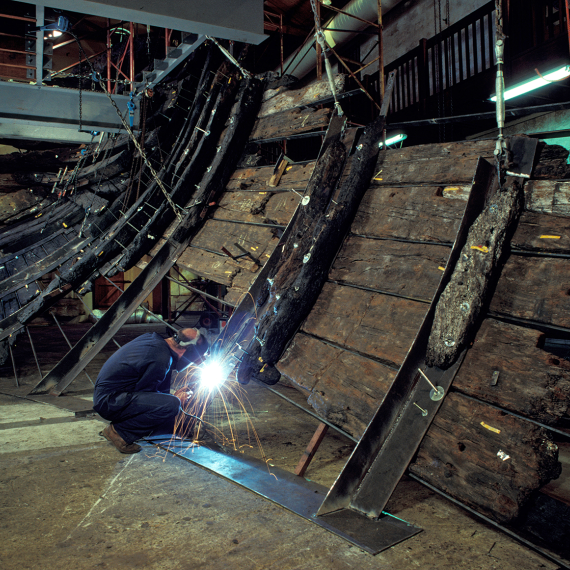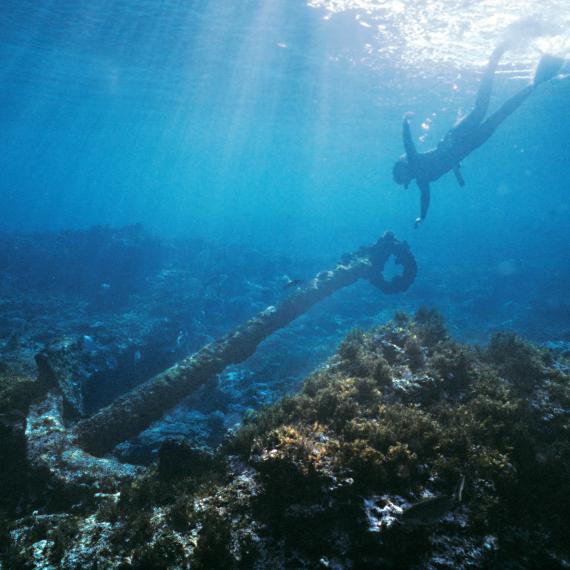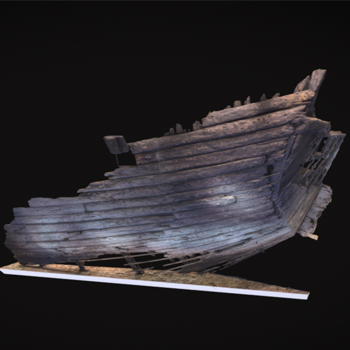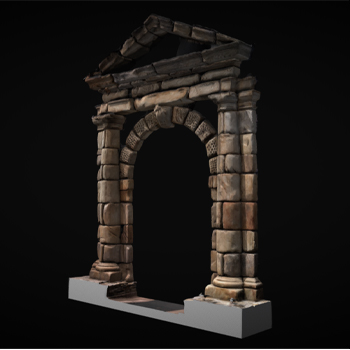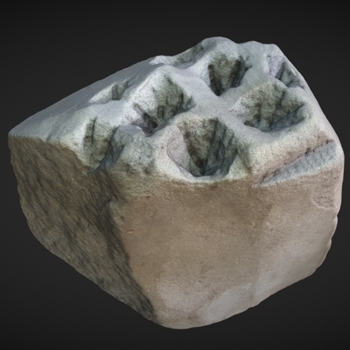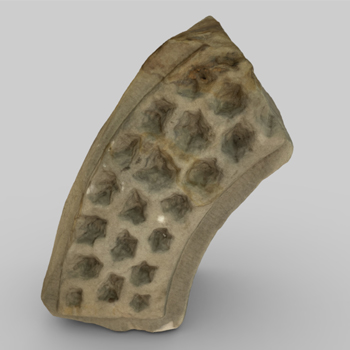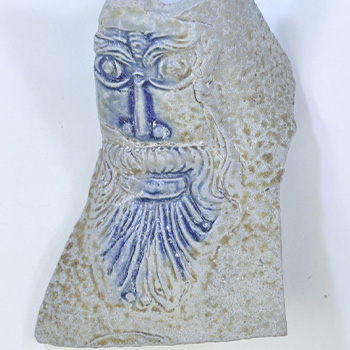Read about Batavia’s journey from the Netherlands, how it wrecked on Morning Reef, the disastrous events that followed, and the eventual discovery of the wreck site in 1963.
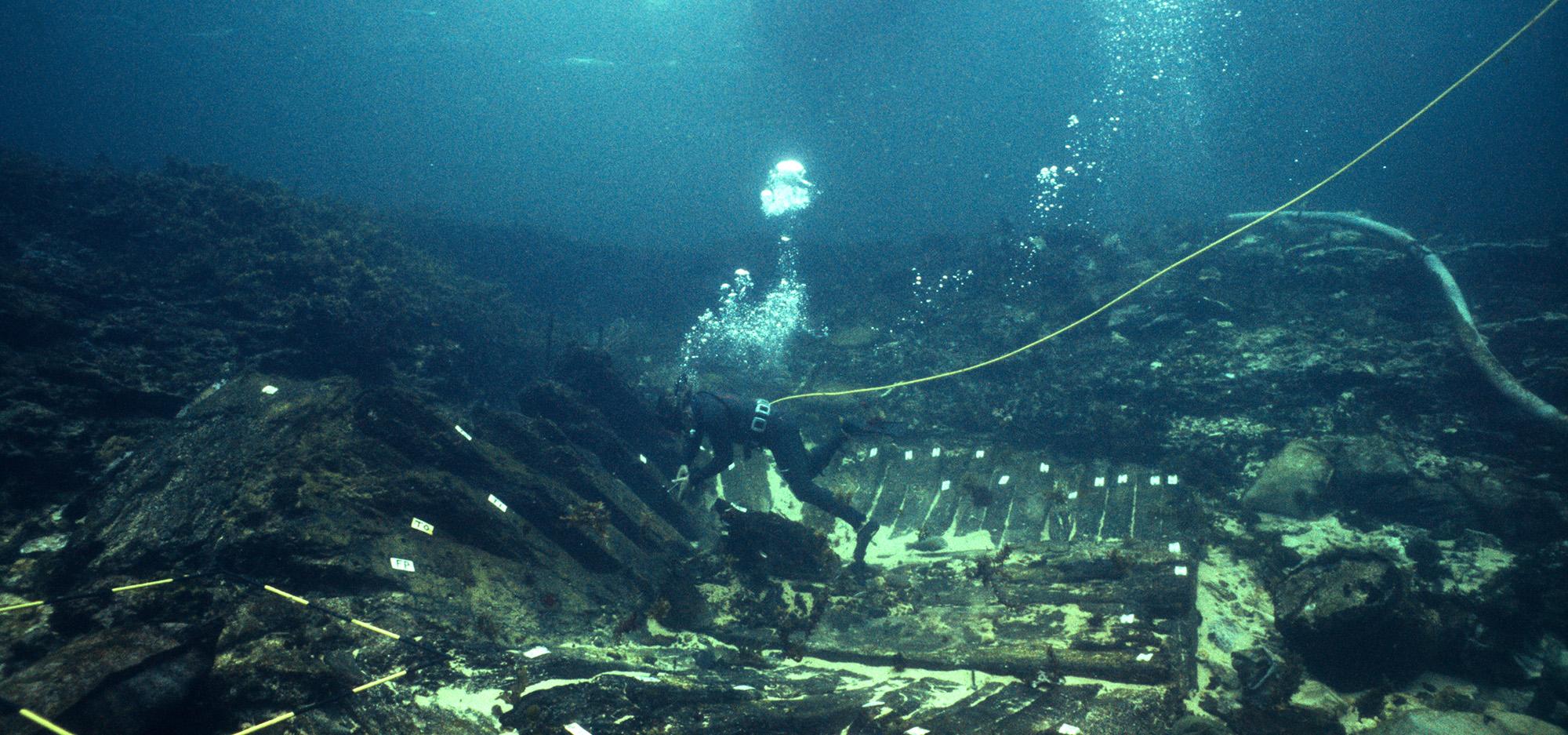
Batavia, 1629
Batavia is one of Australia’s most notorious shipwrecks. On 4 June 1629, the Vereenigde Oostindische Compagnie (VOC) ship, Batavia wrecked off the coast of Western Australia, in the Houtman Abrolhos Islands. In the chaos that followed, one man led a group of mutineers on a violent spree, assaulting and murdering over 100 people.
The wreck site was discovered in 1963. Since the late 1960s, the WA Museum has conducted over twenty expeditions to the underwater and terrestrial sites resulting in new discoveries and research.
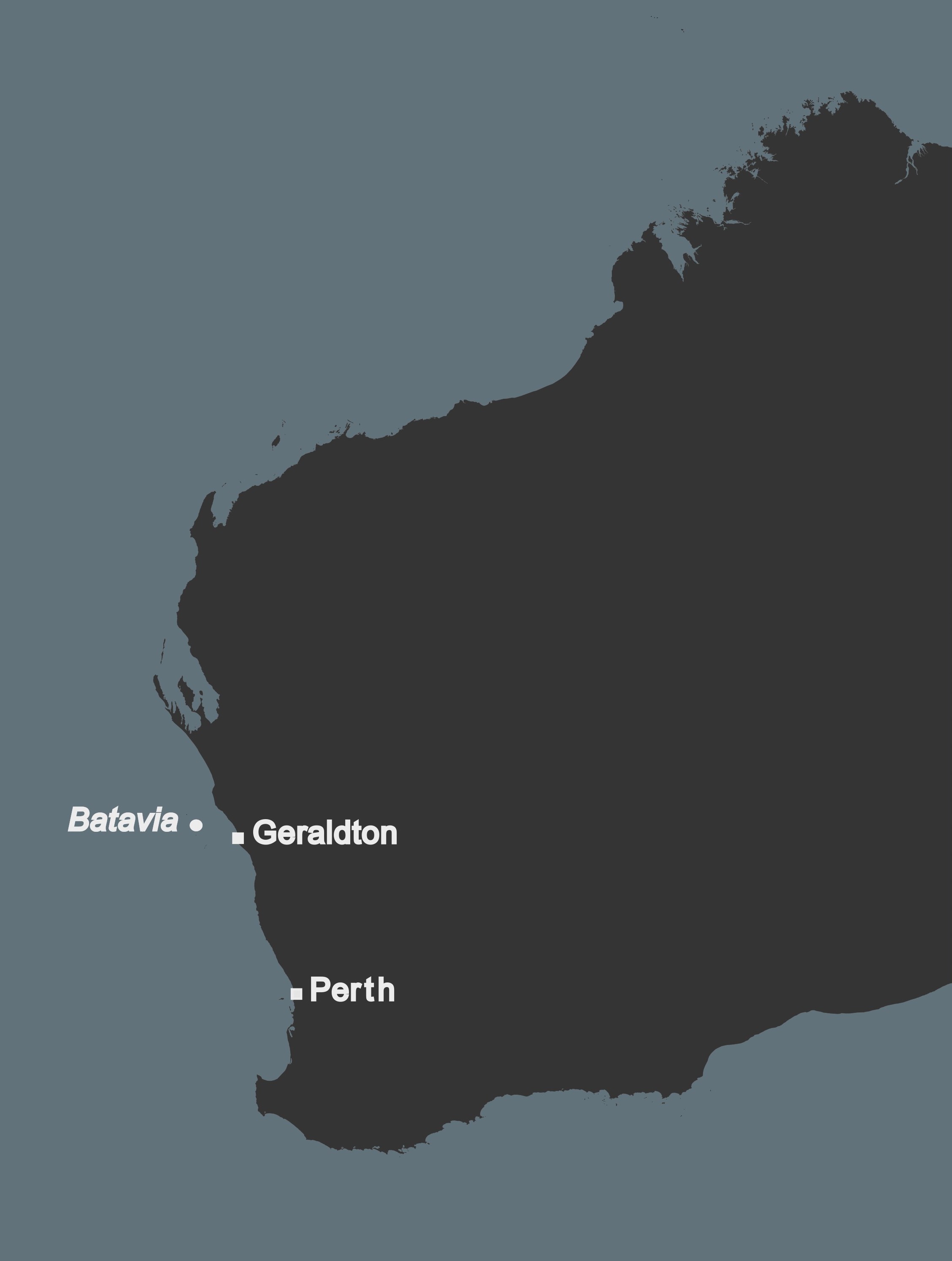
About Batavia
|
Country of origin |
The Netherlands |
|
Built |
1626-1628 |
|
Rig |
3 masted ship |
|
Tonnage (gross) |
650 |
|
Departed |
Texel, the Netherlands |
|
Destination |
Batavia, Java, East Indies |
|
Wrecked |
4 June 1629, Morning Reef, Houtman Abrolhos Islands |
|
Discovery |
Discovered by Dave Johnson, Max Cramer, Hugh Edwards, Henrietta Drake-Brockman, Graham Cramer, Greg Allen, Bruce Melrose |
|
Protection |
Commonwealth Underwater Cultural Heritage Act 2018 |
Learn more
Discover more than 50 years of WA Museum Batavia-related marine and terrestrial fieldwork and research.
Take a behind the scenes look at the conservation and reconstruction of the Batavia’s hull timbers.
A free, essential guide to the fascinating history and archaeology of the Dutch East India Company ship, Batavia, which wrecked in the Houtman Abrolhos Islands in 1629.
Protecting Batavia's history
Site protection and management
The underwater and terrestrial sites in the Wallabi Group associated with Batavia and its survivors are protected under the Commonwealth Underwater Cultural Heritage Act 2018, and Western Australia’s Maritime Archaeology Act 1973. As a National Heritage Listed place, the site is also protected by the Commonwealth Environment Protection and Biodiversity Conservation Act 1999. The WA Museum works with other state and federal authorities to manage and conserve these sites.
National Heritage List
The ‘Batavia Shipwreck and Survivor Camps Area 1629’ was inscribed on the National Heritage List in 2006. The National Heritage List recognises places of outstanding heritage significance to Australia and protects the ‘Batavia Shipwreck Site and Survivor Camps Area 1629 – Houtman Abrolhos’ under Commonwealth law. Any actions that may impact the heritage values of the place require approval from the responsible Federal Minister.
Houtman Abrolhos Islands National Park
In July 2019, the islands related to Batavia became part of the Houtman Abrolhos Islands National Park. The park consists of all islands and parts of islands not occupied by commercial fishers and aquaculture operators. The park is managed by the Department of Biodiversity, Conservation and Attractions.
The occupied lands, leased by Abrolhos Body Corporate members, and the waters surrounding the Abrolhos Islands are managed by the Department of Primary Industries and Regional Development.
Other resources
Explore the Batavia collection online
Further reading
Translation of Francisco Pelsaert’s journal by Adriaan de Jong
Databases of the people aboard the VOC ships Batavia (1629) & Zeewijk (1727)
Report on the 2007 National Heritage Listing Archaeological Fieldwork
